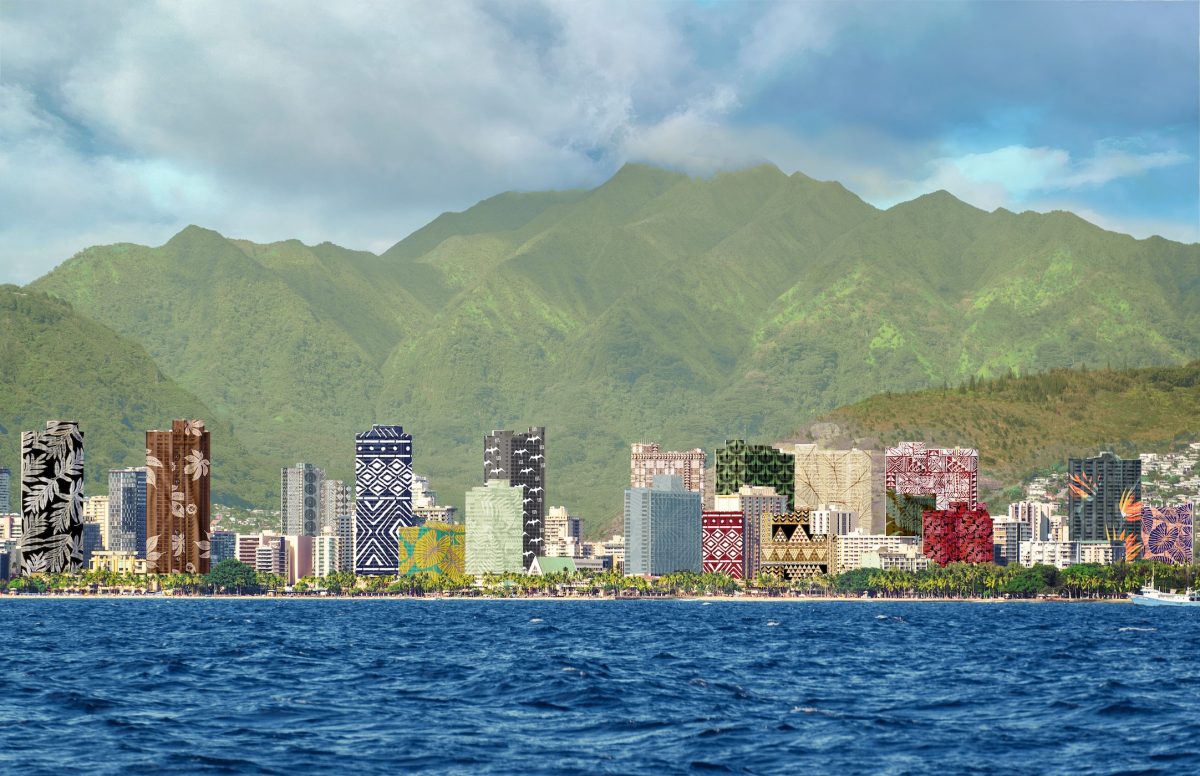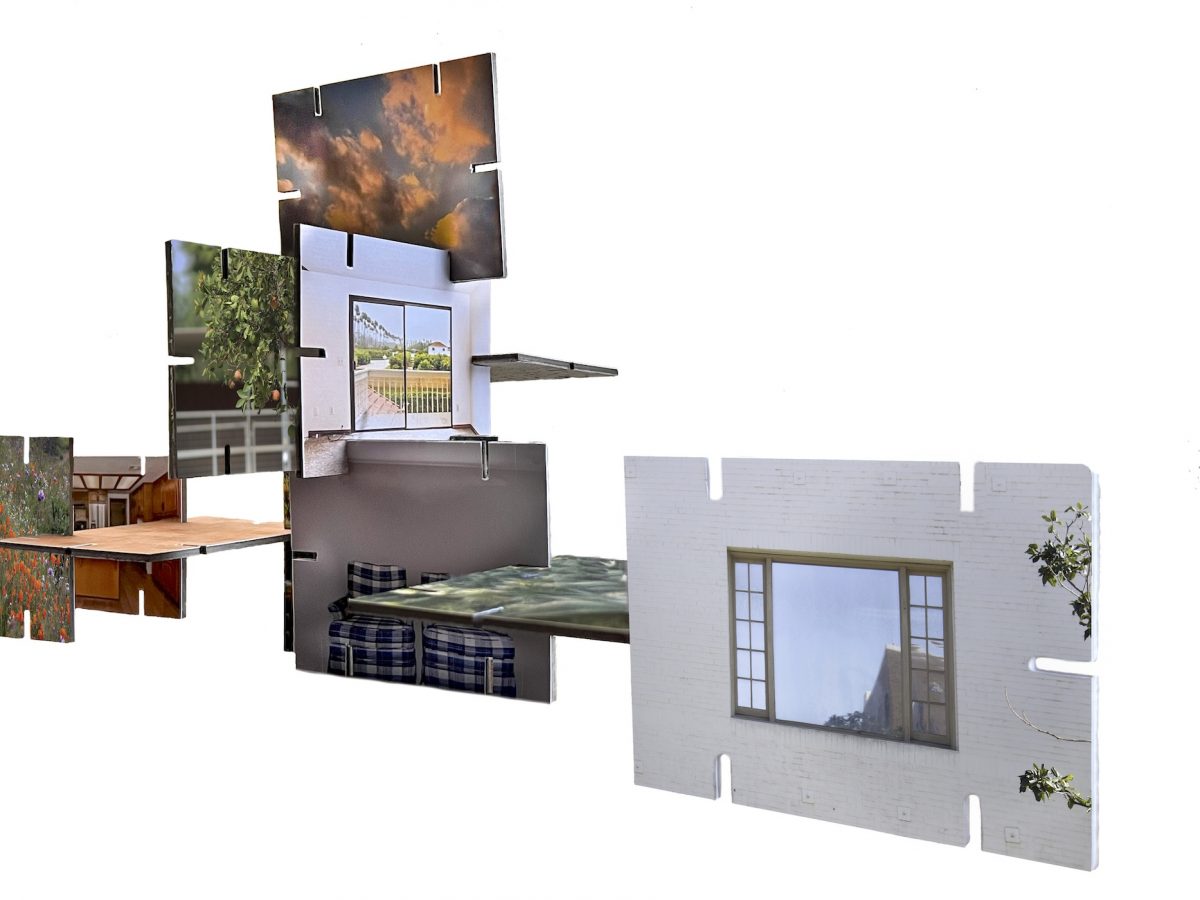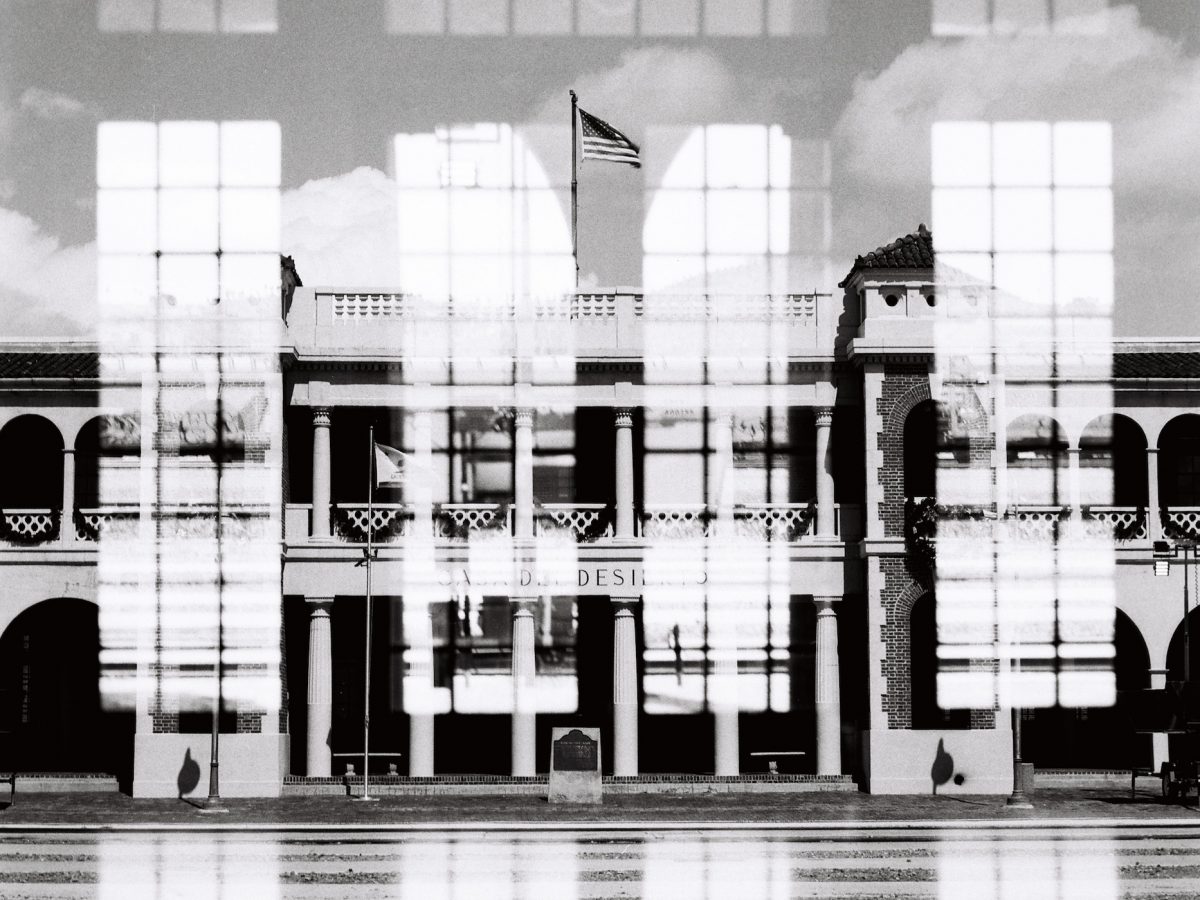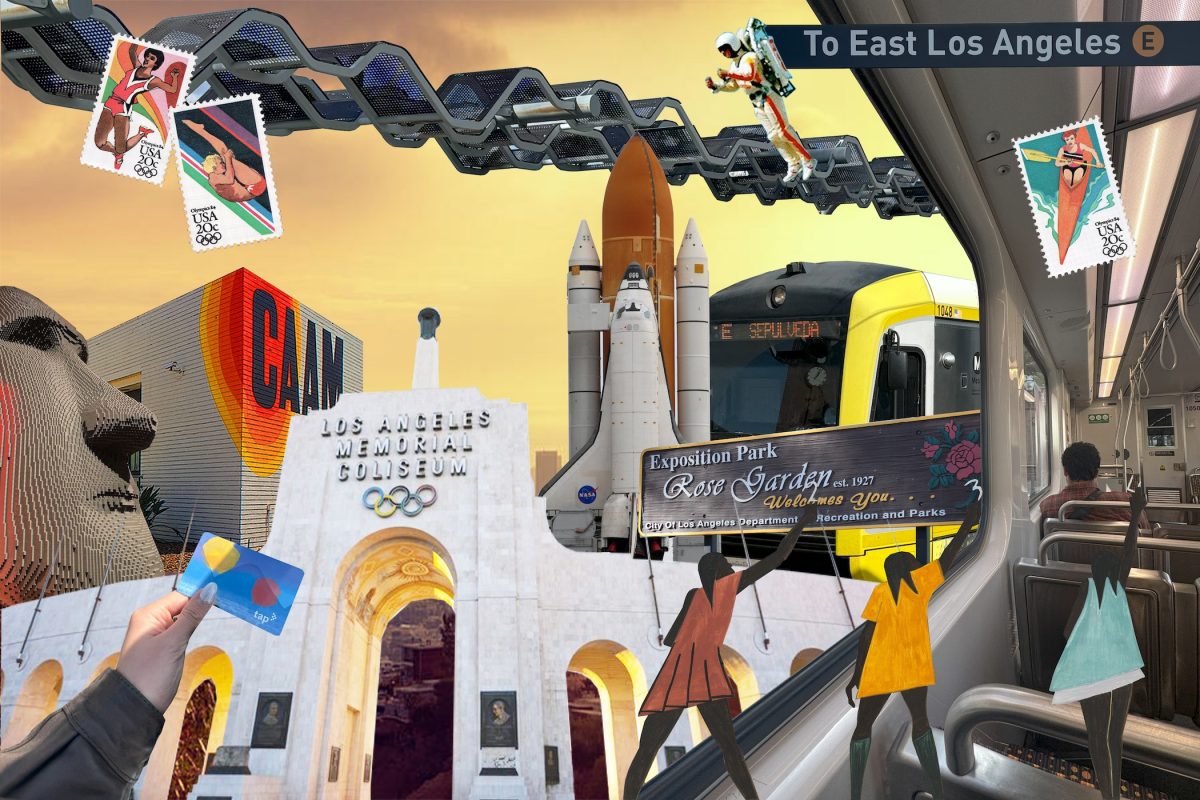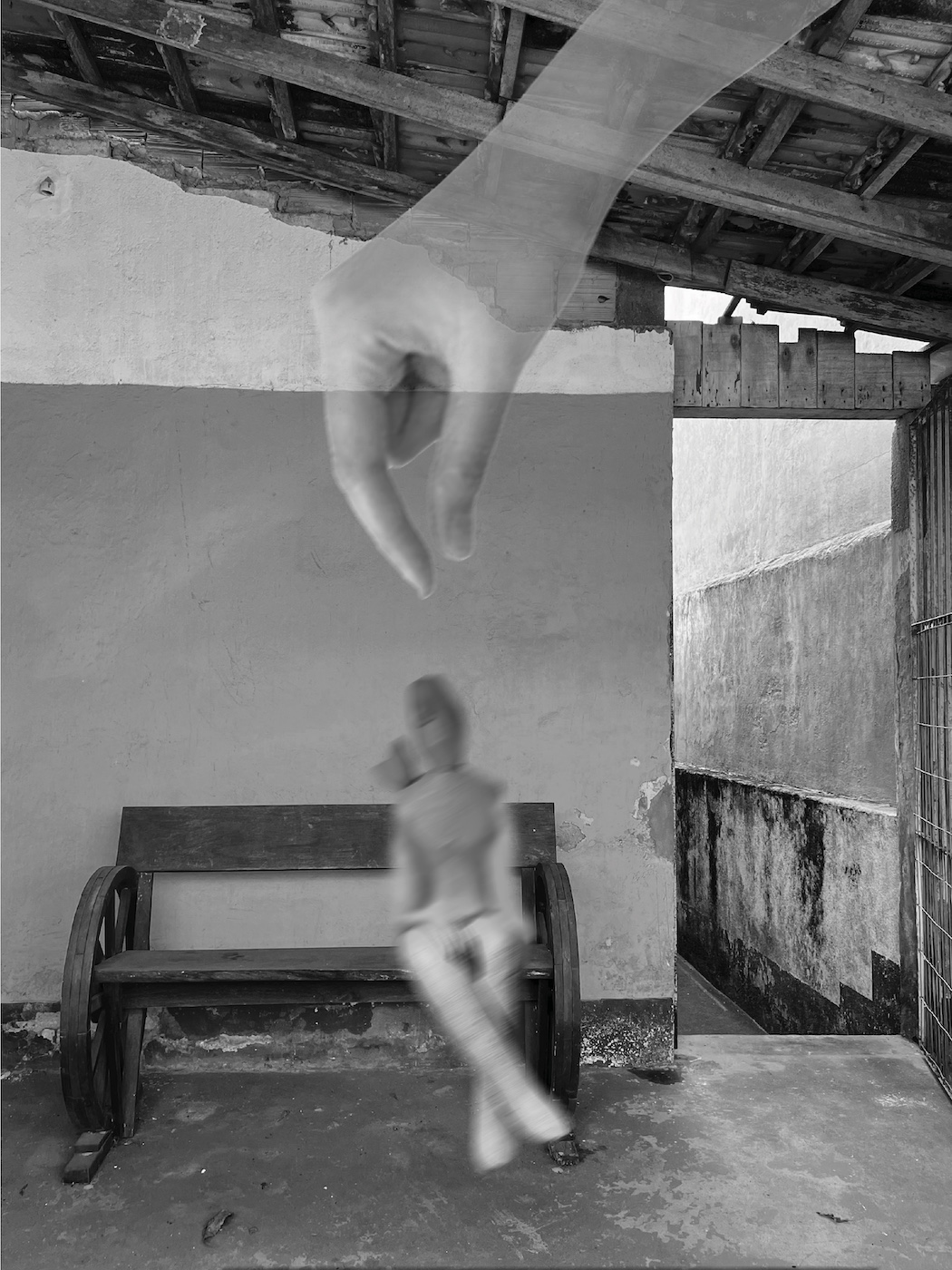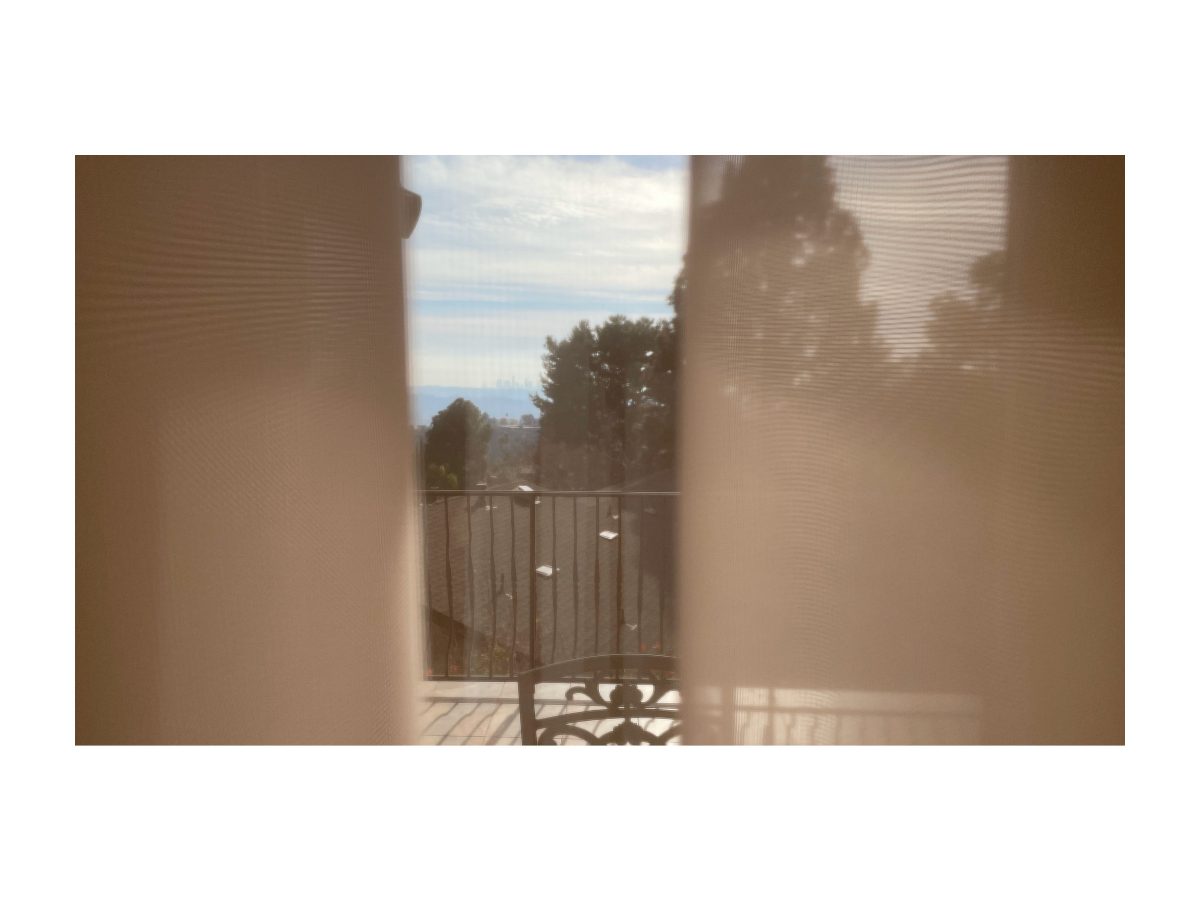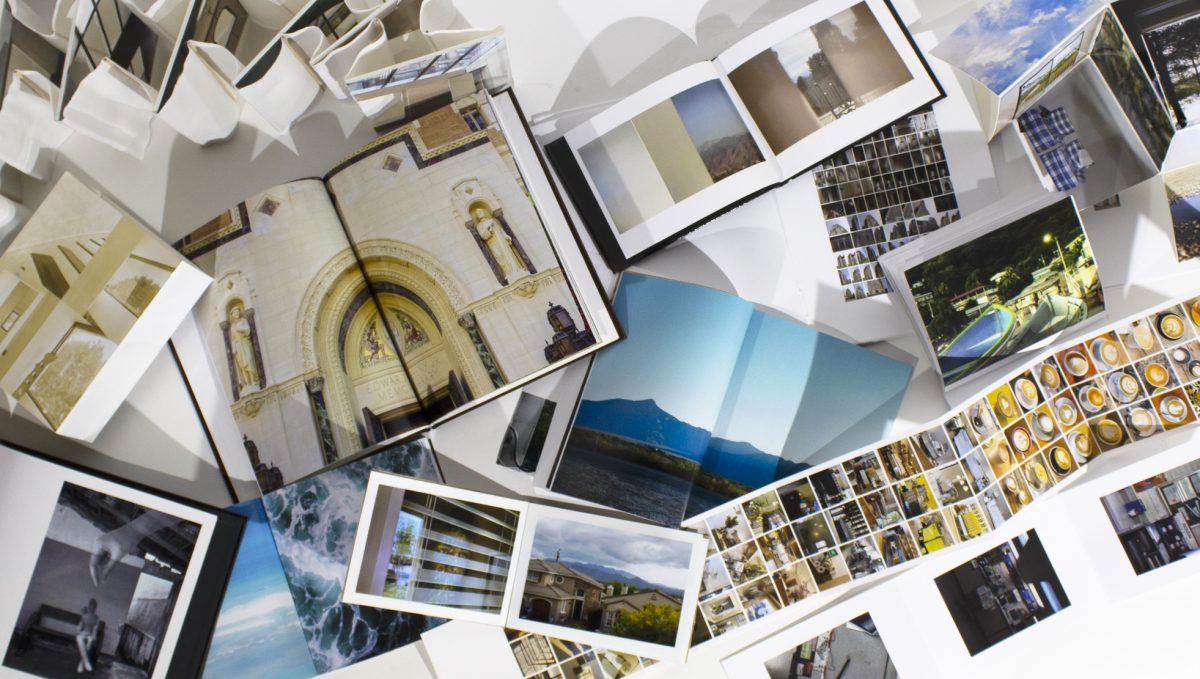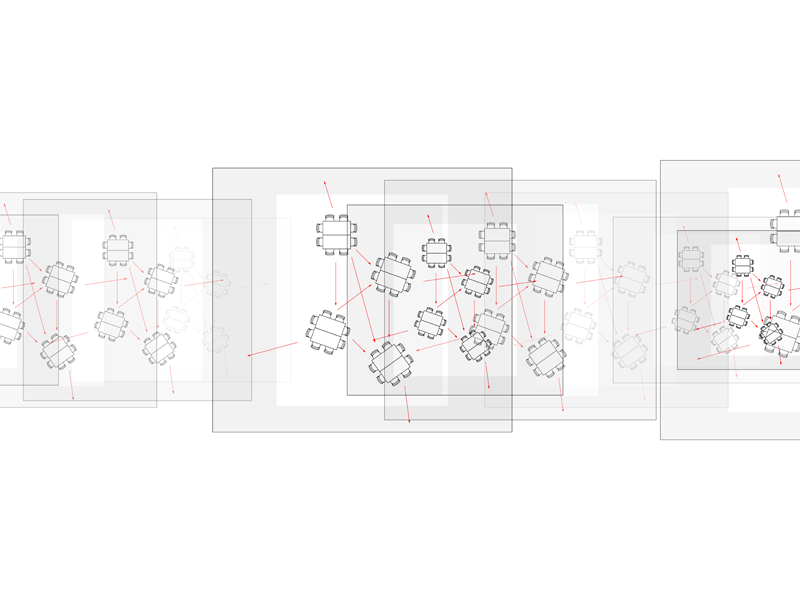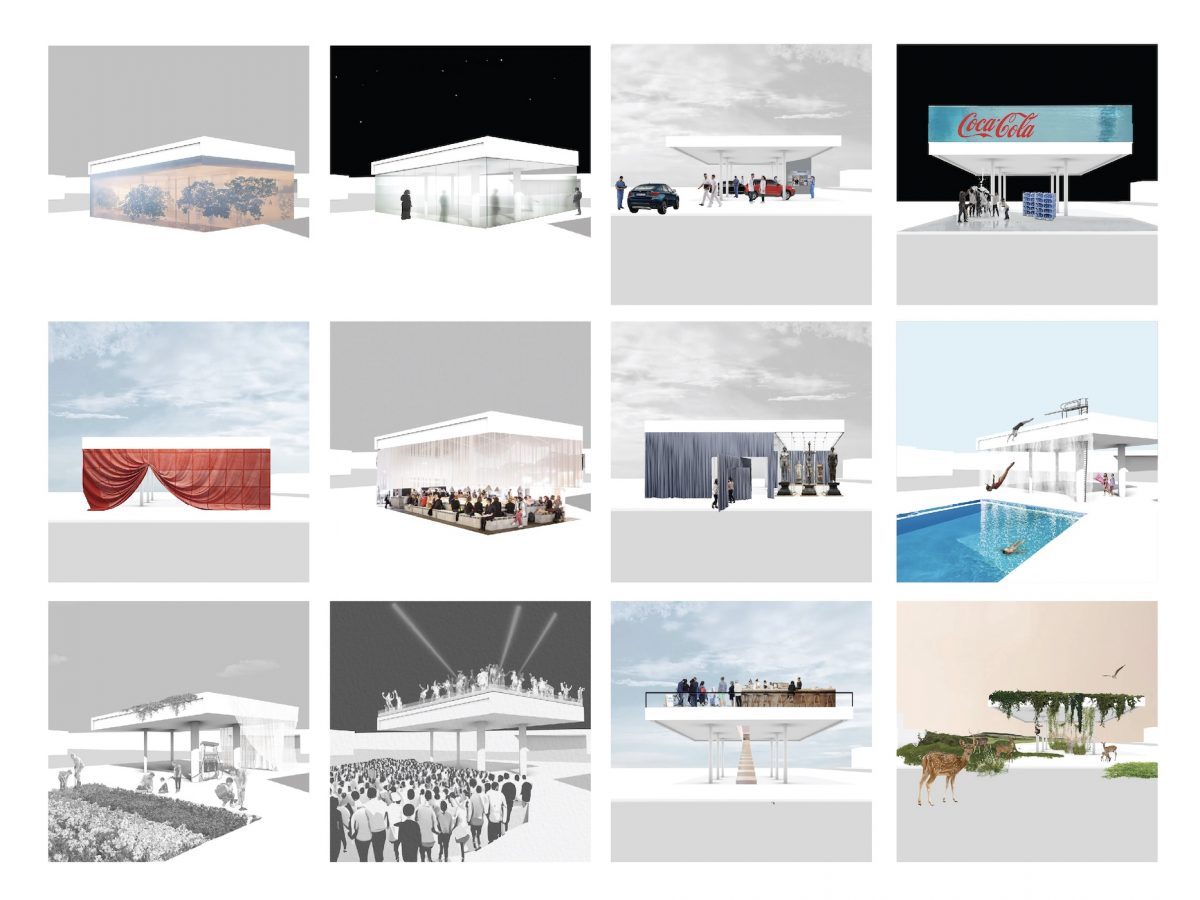Mid-century Hawaii witnessed architectural innovation through Tropical Modernism, combining modern aesthetics and tectonics with Hawaii’s diverse cultures and environments. However, these innovations and values seem to be lost today. Urban development pressures continue to favor impersonal high-rise towers functionally detached from nature and uninspired by culture. How can we revive and evolve Hawaii’s sense of place taking into consideration modern living and environmental demands? Learning from the architects of Hawaii’s past, how can we pioneer new architectural technologies at this scale and create spaces grounded in nature, community, and cultural heritage?
